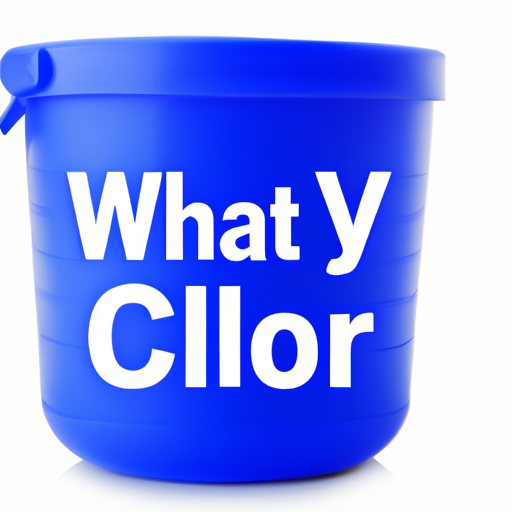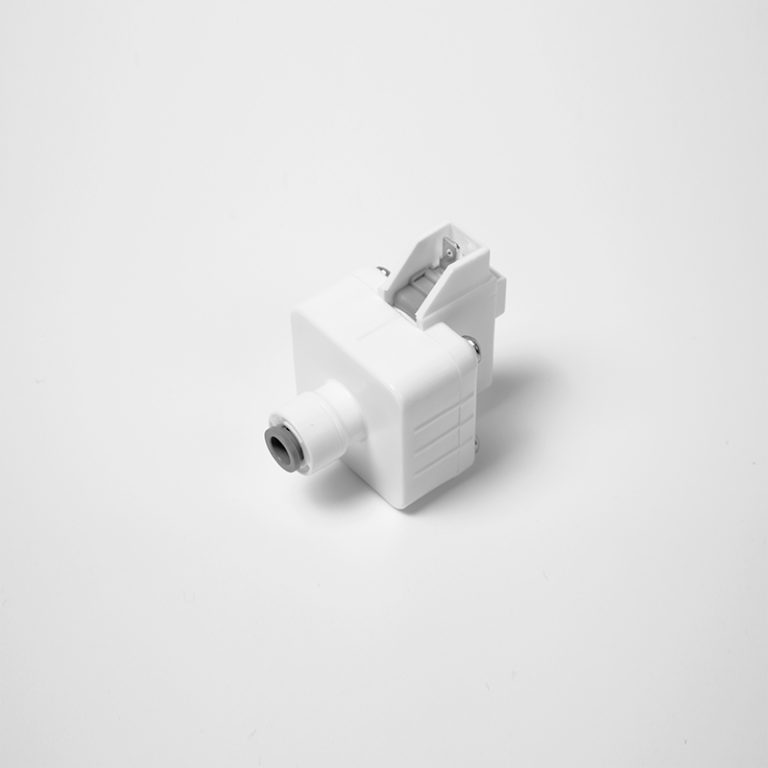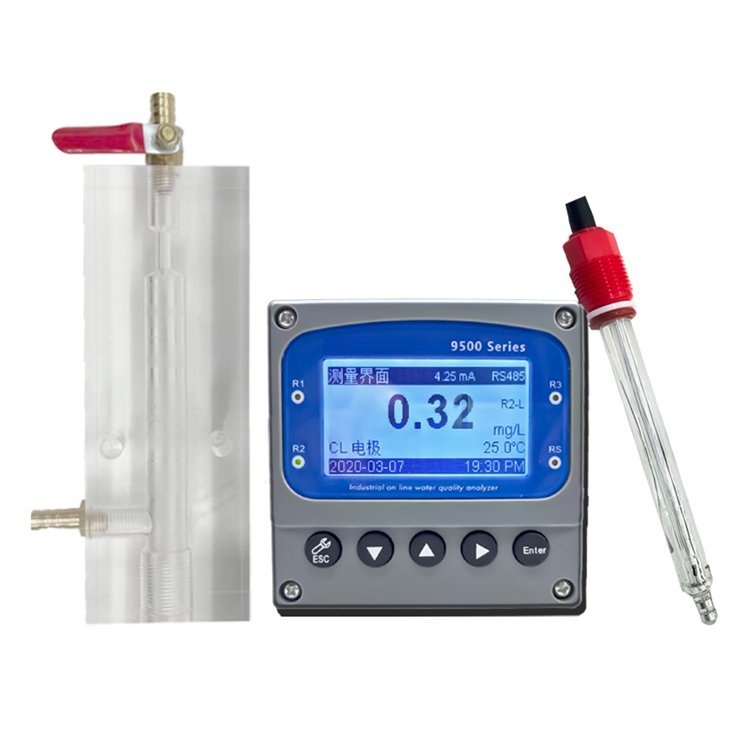“Free Chlorine: Safeguarding Health and Purity.”
The Importance of Free Chlorine in Water Treatment

The Importance of Free Chlorine in Water Treatment
| POP-8300 free chlorine online analyzer | ||
| System Model | POP-8300 free chlorine online analyzer | |
| Measurement configuration | (HClO)free chlorine.. | |
| total free chlorine/(ClO2)/pH/Temperature | ||
| Free chlorine | (0.00-2.00)mg/L(ppm); (0.00-20.00)mg/L(ppm) | |
| Measurement | pH | 2.00-12.00 |
| range | Temperature | (0.0-99.9)℃ |
| Free chlorine | 0.01mg/L(ppm) | |
| Resolution | pH | 0.01 |
| Temperature | 0.1℃ | |
| Free chlorine | Indication error 10% | |
| Accuracy | pH | 0.1pH |
| Temperature | ±0.5℃ | |
| Sensor life | pH/free chlorine sensor | 12months(The service life is closely related to the measurement medium and maintenance frequency) |
| Communication interface | RS485 | MODBUS RTU communication protocol |
| Number of channels | Double channels | |
| (4-20)mA | Technical feature | Isolated, reversible, completely adjustable, instrument/transmitter dual mode |
| output | Channel configuration | Programmable point to Free chlorine, chlorine dioxide, Temperature, pH |
| Loop resistance | 400Ω(Max), DC 24V | |
| Transmission accuracy | ±0.1mA | |
| Number of channels | Double channels | |
| Contact mode | The first and second for photoelectric switch | |
| Control output | Load capacity | Load current 50mA(Max),AC/DC 30V |
| Control point | Programmable function(Free chlorine, chlorine dioxide, Temperature, pH, Timing) | |
| Load capacity | Load current 50mA(Max),AC/DC 30V | |
| Control point | Programmable function(Free chlorine, chlorine dioxide, Temperature, pH, Timing) | |
| Power supply | Connected to electric supply | |
| AC80-260V;50/60Hz,compatible with all international | ||
| market power standards(110V;220V;260V;50/60Hz). | ||
| Working environment | Temperature:(5-50)℃;relative humidity:≤85% RH(non condensation) | |
| Power Consumption | <20W | |
| Storage environment | Temperature:(-20-70)℃;relative humidity:≤85%RH(non condensation) | |
| Installation | Wall mounted(with the preset back cover) | |
| Cabinet weight | ≤10kg | |
| Cabinet dimension | 570*mm*380mm*130mm(H×W×D) | |

Water is an essential resource for all living organisms, and ensuring its safety and cleanliness is of utmost importance. One of the most widely used methods for water treatment is the addition of chlorine. Chlorine is a powerful disinfectant that effectively kills harmful bacteria, viruses, and other microorganisms present in water. However, it is not just chlorine that plays a crucial role in water treatment; it is specifically the presence of free chlorine that is vital for ensuring the safety of our water supply.
Free chlorine refers to the chlorine that remains in the water after it has reacted with any impurities or contaminants. It is the active form of chlorine that continues to provide disinfection and protection against harmful pathogens. Without free chlorine, the water would be susceptible to recontamination, rendering the entire water treatment process ineffective.
One of the primary reasons why free chlorine is important in water treatment is its ability to kill bacteria and viruses. These microorganisms can cause a wide range of diseases, including cholera, typhoid fever, and dysentery. By maintaining an adequate level of free chlorine in the water, the risk of these diseases can be significantly reduced. Free chlorine acts by disrupting the cell membranes of microorganisms, effectively killing them and preventing their growth.
Furthermore, free chlorine also plays a crucial role in preventing the regrowth of bacteria and other microorganisms in the distribution system. After water has been treated, it is often stored and transported through a complex network of pipes before reaching our homes. During this process, the water can come into contact with various surfaces and materials, providing an opportunity for microorganisms to grow. However, with the presence of free chlorine, any potential contaminants that may have entered the water during distribution are neutralized, ensuring that the water remains safe for consumption.
In addition to its disinfection properties, free chlorine also helps to control the formation of harmful disinfection byproducts (DBPs). When chlorine reacts with organic matter present in water, such as decaying leaves or algae, it can form DBPs, such as trihalomethanes (THMs) and haloacetic acids (HAAs). These DBPs have been linked to an increased risk of cancer and other health issues. However, by maintaining an appropriate level of free chlorine, the formation of DBPs can be minimized, ensuring that the water remains safe for consumption.
It is important to note that while free chlorine is essential for water treatment, it is equally important to monitor its concentration carefully. Too little free chlorine can result in inadequate disinfection, allowing harmful microorganisms to survive. On the other hand, excessive levels of free chlorine can lead to an unpleasant taste and odor in the water, as well as potential health risks. Therefore, water treatment facilities must regularly test and adjust the free chlorine levels to ensure that they remain within the recommended range.
In conclusion, free chlorine plays a vital role in water treatment by effectively killing harmful microorganisms, preventing their regrowth, and controlling the formation of disinfection byproducts. Its presence ensures that the water remains safe and clean throughout the distribution system, protecting public health. However, it is crucial to maintain an appropriate level of free chlorine to ensure its effectiveness without compromising the taste and odor of the water. By understanding the importance of free chlorine in water treatment, we can appreciate the efforts made to provide us with safe and clean drinking water.







